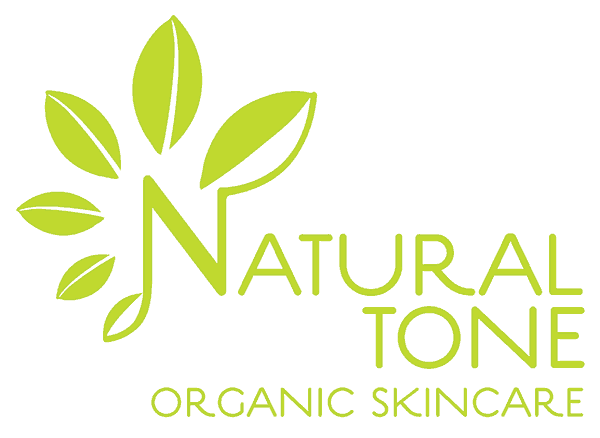Skiing offers an exhilarating blend of adventure, scenic beauty, and crisp mountain air. But the aftermath of a day on the slopes can leave your skin feeling less than thrilled. Between the biting cold, strong winds, and high-altitude sun, dryness and windburn are common struggles for skiers.
Luckily, a proper après-ski skincare routine can work wonders for recovery. Here’s how to soothe, protect, and nourish your skin post-ski.
 Skiing isn’t just hard on your muscles—it’s hard on your skin, too. High altitudes expose you to stronger UV rays, which can dry out and damage the skin barrier. Windburn, a condition caused by exposure to freezing, fast-moving air, strips away your skin’s natural oils. This could leave your face red, irritated, and flaky.
Skiing isn’t just hard on your muscles—it’s hard on your skin, too. High altitudes expose you to stronger UV rays, which can dry out and damage the skin barrier. Windburn, a condition caused by exposure to freezing, fast-moving air, strips away your skin’s natural oils. This could leave your face red, irritated, and flaky.
Dehydration also plays a key role. Cold air has low humidity, and central heating in ski lodges can further deplete moisture levels. If left untreated, these environmental stressors can lead to premature aging and persistent sensitivity.
After a day of skiing, start by cleansing your face with a gentle, hydrating cleanser. Avoid harsh soaps or foaming cleansers, as these can strip the skin further. Look for products enriched with natural oils such as lavender or rosemary or calming ingredients like aloe vera or chamomile.
Using lukewarm water is essential—hot water may feel comforting but can exacerbate dryness. Pat your skin dry with a soft towel instead of rubbing it, to avoid aggravating sensitive areas.
Hydration is key to restoring your skin’s moisture barrier. Apply a rich, natural and organic face cream immediately after cleansing. Opt for products with ingredients like shea butter, hyaluronic acid, and rosehip oil, which lock in moisture and soothe irritation.
For an extra hydration boost, consider layering with a serum containing antioxidants. Ingredients such as vitamin E or green tea extract can help repair damage caused by UV exposure and cold air.
Windburn can leave your skin red, raw, and inflamed. Reach for products containing aloe vera, a natural anti-inflammatory that cools and soothes the skin. Rosehip oil, known for its healing properties, is also an excellent choice for calming irritation.
If your skin feels particularly tender, applying a cold compress for a few minutes can reduce swelling and redness. Follow this with a soothing lotion that contains calendula or chamomile for added relief.
 The thin, delicate skin on your lips is especially vulnerable to the elements. Cracked, chapped lips are a common après-ski problem, but a good lip balm can make all the difference. Use a balm with nourishing ingredients like cocoa butter or beeswax and reapply frequently throughout the evening.
The thin, delicate skin on your lips is especially vulnerable to the elements. Cracked, chapped lips are a common après-ski problem, but a good lip balm can make all the difference. Use a balm with nourishing ingredients like cocoa butter or beeswax and reapply frequently throughout the evening.
If your lips are severely chapped, avoid licking them, as this can worsen dryness. Instead, exfoliate gently with a sugar scrub to remove flakes before applying your balm.
Night-time is when your skin does most of its healing. Before bed, apply a recovery oil like Natural Tone Organic & Beauty Oil, which deeply nourishes and repairs skin. Massage it gently into your face, focusing on an areas that feel particularly dry or tight. All oils in this blend have been carefully selected for their unique properties and multiple benefits to repair and maintain healthy skin.
Consider using a humidifier in your bedroom to add moisture back into the air. This small step can significantly improve your skin’s hydration levels overnight.
Preparation is just as important as recovery. Before heading back to the slopes, arm your skin with an effective barrier. Use a broad-spectrum SPF, even if the day looks cloudy. Apply a nourishing day cream underneath to protect against dryness.
Cover exposed skin with a scarf or balaclava to minimise windburn risk. For lips, a balm with SPF is non-negotiable.
When your skin is damaged, harsh chemicals can worsen the problem. Natural and organic skincare products, free from synthetic fragrances and parabens, are gentler on sensitive skin. They rely on plant-based ingredients packed with vitamins and antioxidants, which promote faster healing and long-term hydration.
Caring for your skin after a day on the slopes doesn’t have to be complicated. Focus on gentle cleansing, deep hydration, and natural remedies to soothe irritation and repair damage. With the right routine and high-quality organic products, your skin will stay healthy, glowing, and ready for the next adventure.
Stay protected, stay hydrated, and let your après-ski glow rival the snowy peaks!

Also read: No matter what time of year, Natural skincare is always important
Comments will be approved before showing up.
